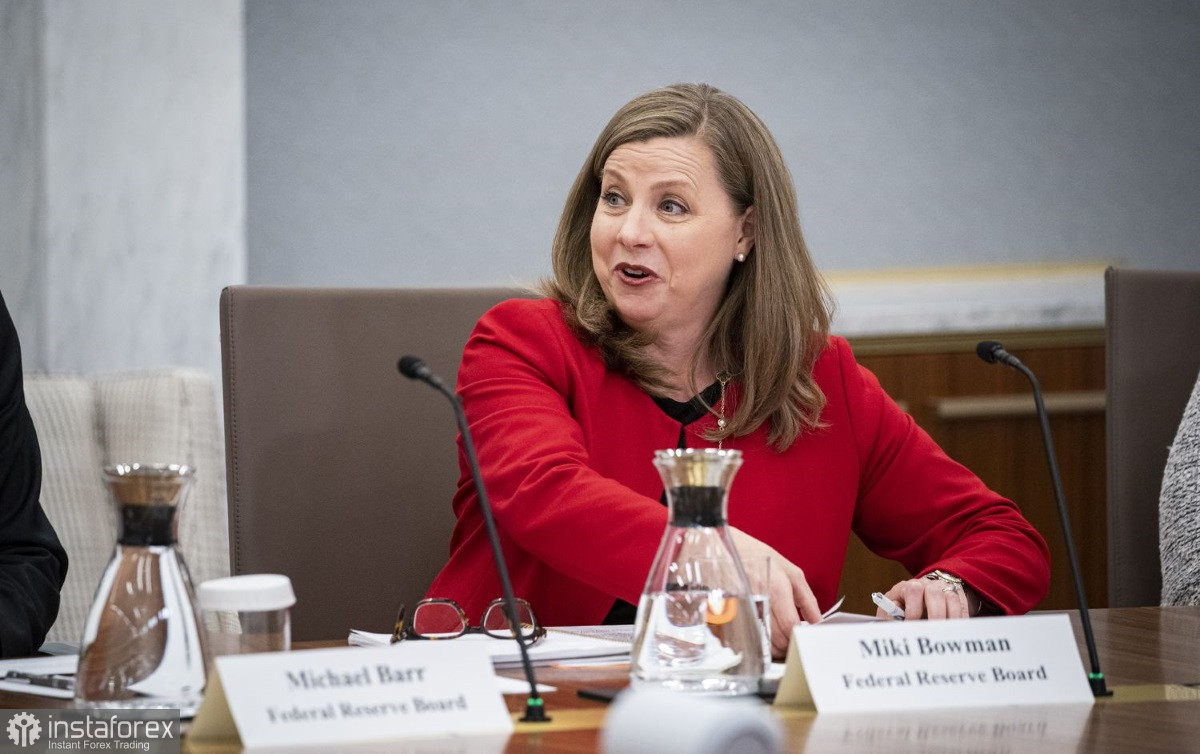Statements from several Federal Reserve officials last Friday, shortly after the release of U.S. labor market data, further fueled tensions, once again highlighting the complexity of the situation currently faced by the U.S. central bank.

Federal Reserve Governors Christopher Waller and Michelle Bowman expressed concern that the central bank's reluctance to cut interest rates could cause unnecessary harm to the labor market. This concern reflects the delicate balance the Fed must maintain between controlling inflation and supporting a healthy labor market. On the one hand, high interest rates help curb inflation by limiting spending and investment. On the other hand, they can slow economic growth and lead to higher unemployment.
According to Waller and Bowman, current economic conditions may not justify maintaining high interest rates, as inflation is beginning to stabilize and the labor market is showing signs of weakening. Continuing a tight monetary policy could lead to excessive economic slowdown and job losses, which they consider an unacceptable risk. Instead, they advocate for a more cautious approach, suggesting a gradual reduction in interest rates to support economic growth and avoid unnecessary damage to the labor market.
It should be noted that Waller and Bowman voted against the Fed's decision last week to keep the key rate unchanged for the fifth consecutive time. Both preferred a quarter-point rate cut. In separate statements published Friday, they explained the reasons for their dissent, emphasizing signs of growing weakness in the labor market.
Their views differ from those of Chair Jerome Powell and other policymakers, who continue to describe the labor market as generally resilient and support a patient approach to rate adjustments, allowing officials more time to assess how President Donald Trump's tariff policies are affecting inflation and the economy.
"I believe the wait-and-see approach is overly cautious and, in my view, does not provide a proper risk balance for the outlook and could lead to policy falling behind the curve," Waller said in his statement. He noted that the risks to the labor market have increased in light of the expected data revisions and a slowdown in private sector wage growth.
Bowman, who also serves as the Fed's chief banking regulator, said she sees a risk that delays in action could worsen labor market conditions and further slow economic growth. "Given the persistent trend of inflation toward 2%, weak aggregate demand, and signs of instability in the labor market, I believe we should begin to pay more attention to the risks related to our employment mandate," she added.
Trump responded immediately to these statements in a social media post, writing: "Sharp disagreements on the Fed Board will only grow!" Earlier on Friday, in a separate message, he called on other Fed Governors to take control of the situation if Powell continues to advocate for holding rates steady.
As for the current technical picture on EUR/USD, buyers now need to focus on reclaiming the 1.1600 level. Only then will it be possible to aim for a test of 1.1640. From there, the pair could reach 1.1665, though doing so without support from major players may prove quite difficult. The furthest target would be the 1.1690 high. In case of a decline, I expect significant buying activity only around the 1.1555 level. If no large buyers appear there, it would be better to wait for a retest of the 1.1518 low or consider opening long positions from 1.1479.
As for the current technical picture on GBP/USD, pound buyers need to break through the nearest resistance at 1.3305. Only this will open the way to 1.3340, above which a breakout will be quite difficult. The furthest target is the 1.3380 level. In the event of a drop, bears will try to gain control over the 1.3255 level. If successful, a breakout of this range could deal a serious blow to the bulls and push GBP/USD toward the 1.3217 low with a potential move to 1.3180.





















